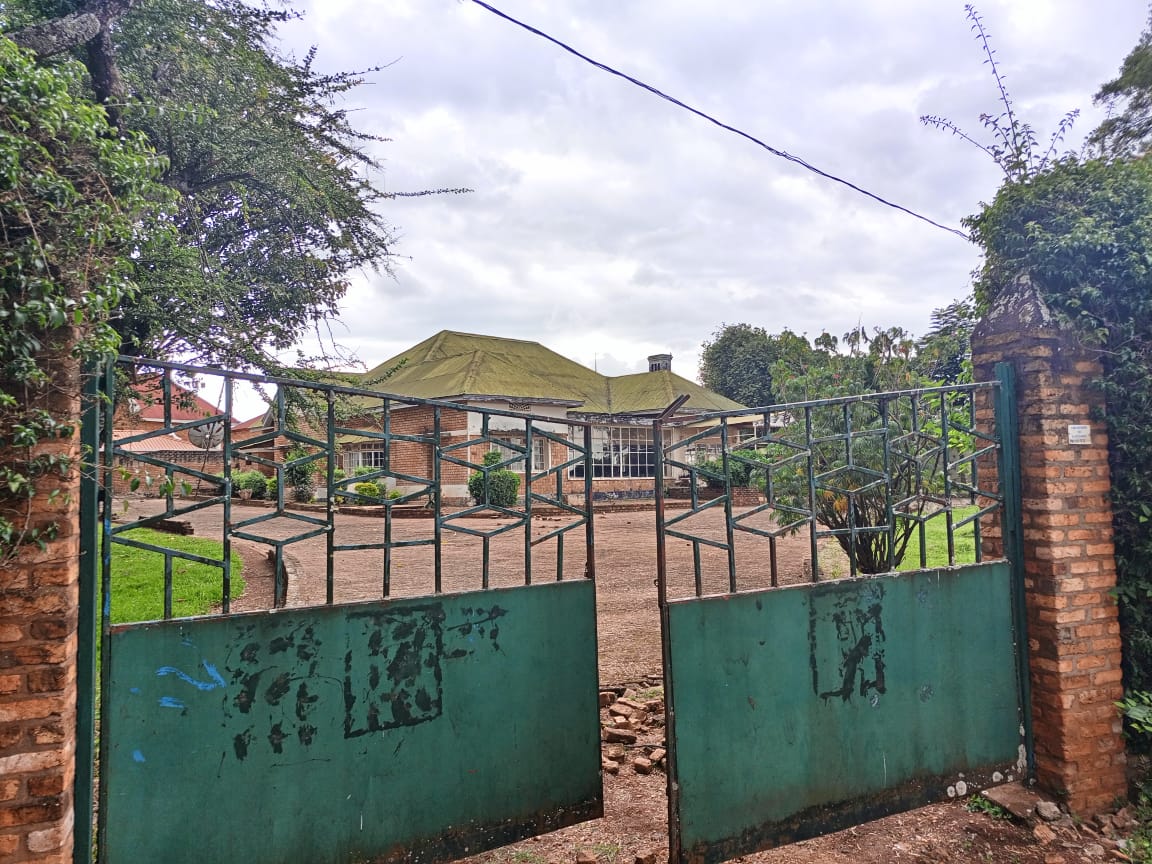
A hostel in Ngoma owned by University of Rwanda near Radio Salus
Rwanda public institutions, projects and organisations have left idle 1,040 buildings despite demand in public facilities.
The houses include offices of public institutions, headquarters of local administrative entities, staff hostels, factories, courts, schools’ facilities, to mention quite a few.
Staff from Rwanda Housing Authority(RHA) who followed up on the origins of the problem told KT Press that the abandonment of the buildings could be largely blamed on administrative reforms in the country.
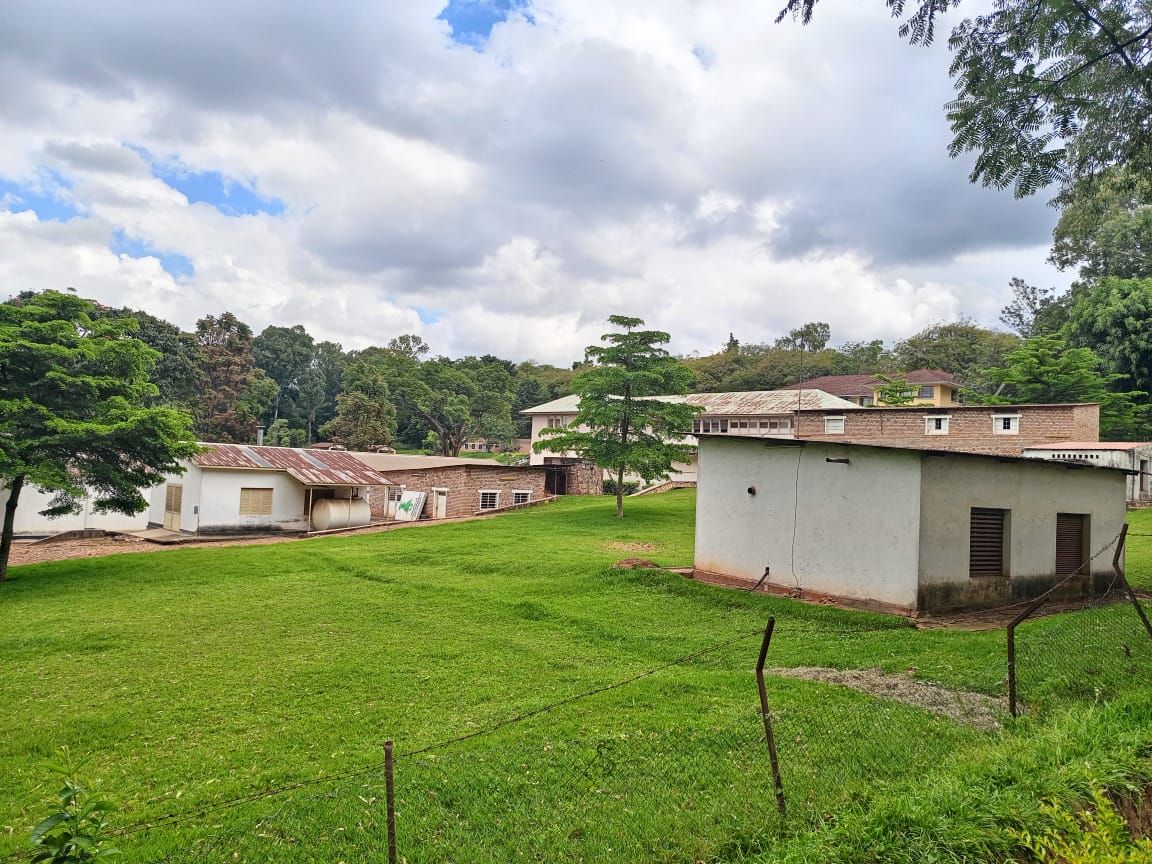
Former Labophar, a pharmaceutical centre in Huye district
The case in point was change in local administration where the country shifted from communes to 105 districts in December 2000.
Five years later (December 2005), the reform brought the number down to 30 districts and City of Kigali.
“For every reforms, several buildings would be vacated and left idle. The problem was that some institutions did not follow up on these buildings,” said one source who participated in the inventory of the buildings.
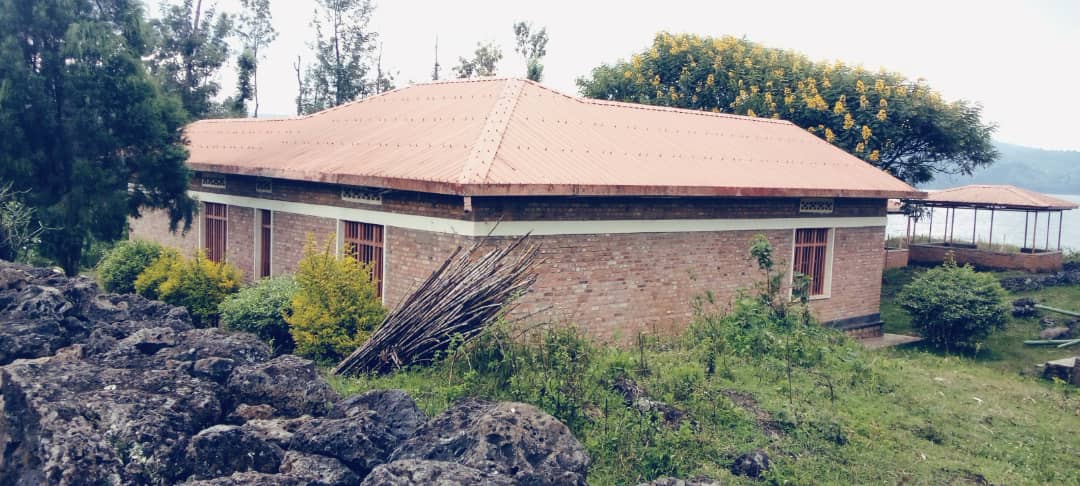
PAIGELAC buildings on Lake Burera
Other cases include the buildings that housed government projects which were concluded leaving the buildings idle.
Some buildings will be demolished
While the buildings were abandoned at different period of time, it was only in 2021 when the government worked on a project that intended to define their fate.
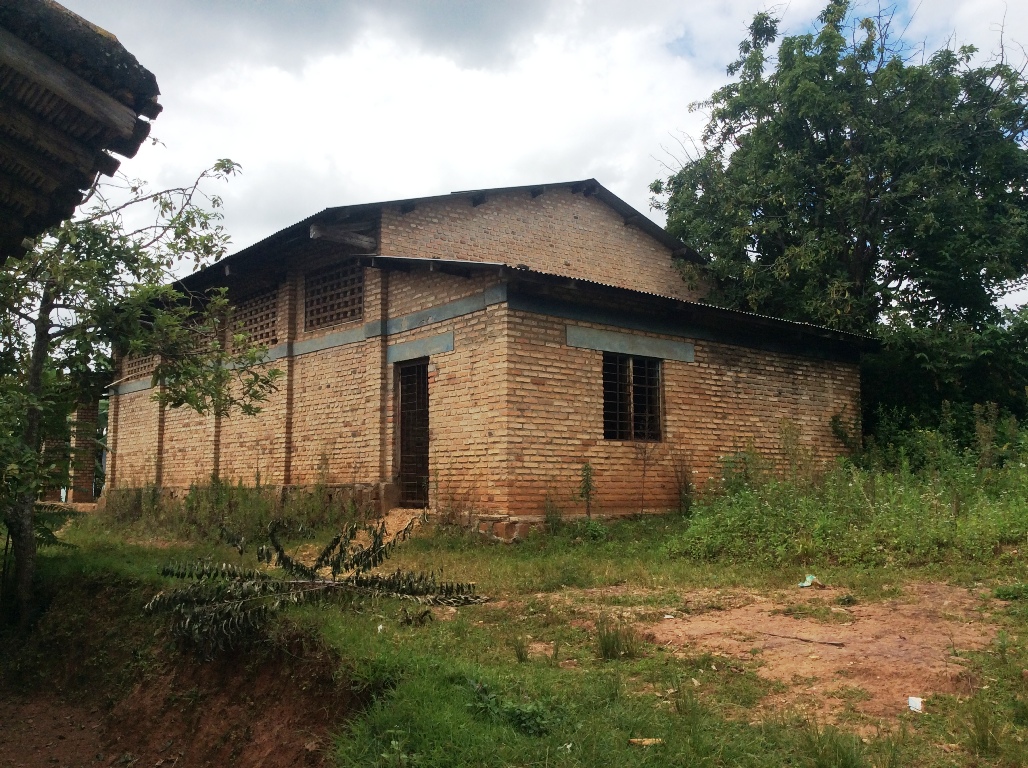
A building in former Buringa commune
According to Eraste Bimenyimana, in charge of Government assets management at RHA, in December 2021, his team was joined by the office of Ombudsman, Supreme Court, among other institutions for a field visit to check the management of public assets.
The visit which targeted a sample of 1443 assets and found that 748 were in good use, and 601 idle.
This research triggered a national overall assessment of the 49,937 public assets of the country.
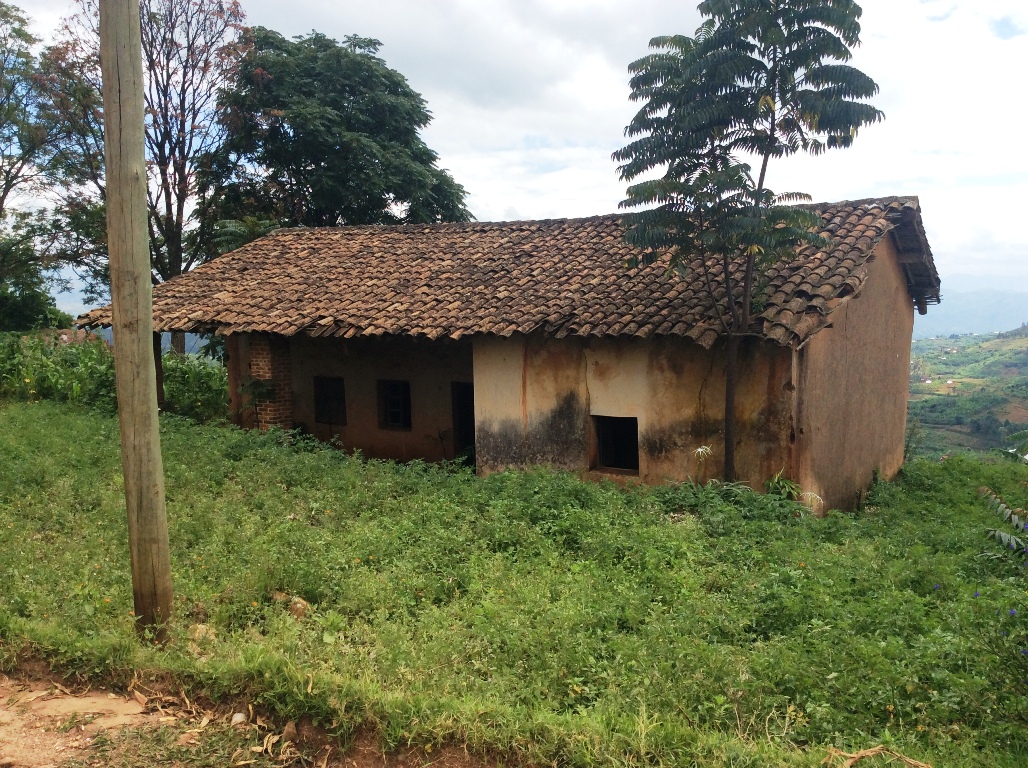
A house that was owned by former Buringa Commune, now Muhanga district, Southern Province
Of them, 1,040 were found idle and some of them are beyond repair, and thus, meant for demolition, while others will be either repaired or auctioned.
RAB to Spend Rwf 7 billion on idle buildings
According to the RHA, a Valuation Consultancy Firm was hired to establish the value of every government asset, for a database that should be inserted in the consolidated financial reports.
The valuation is expected to be completed at the end of this month of June according to Bimenyimana.
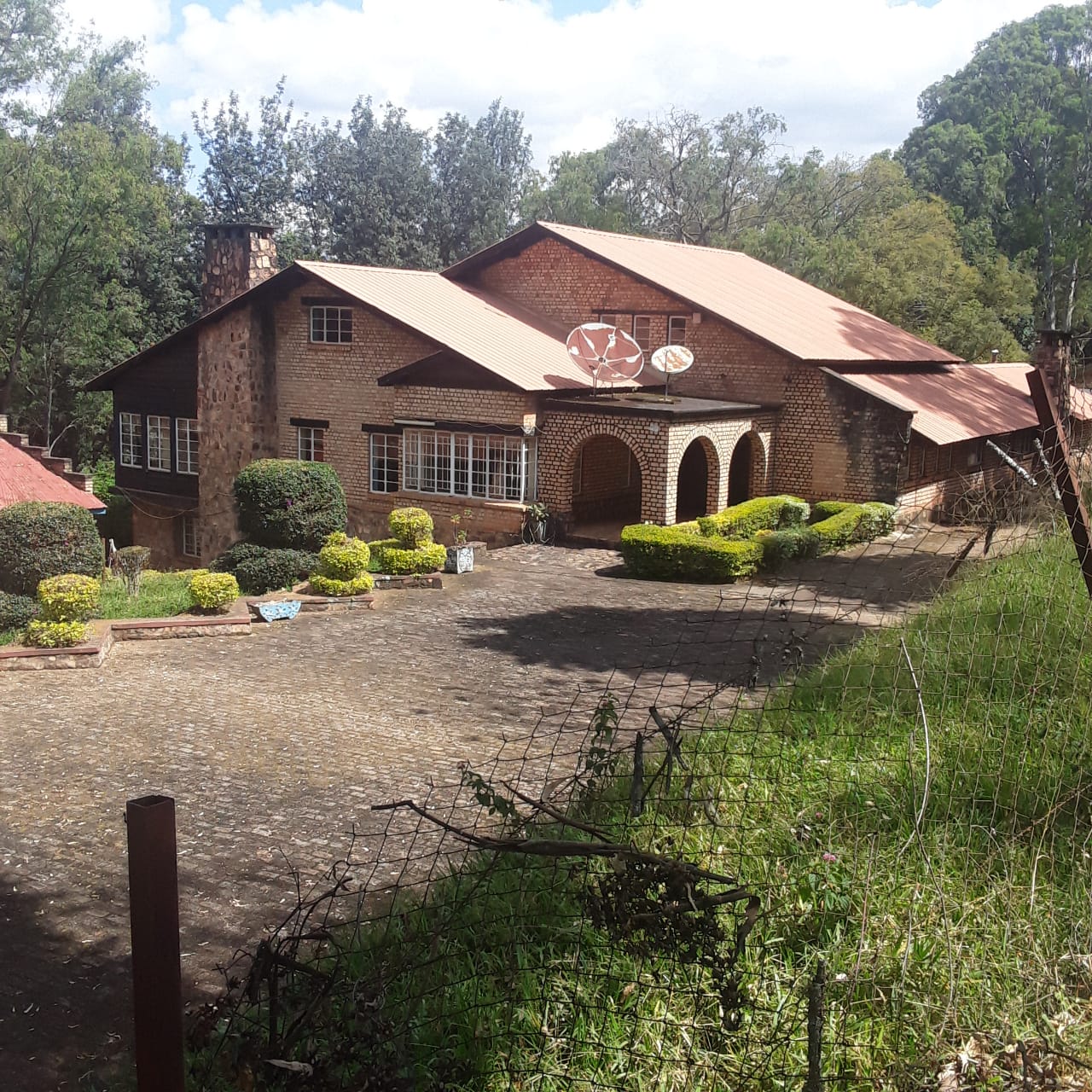
Former IRST, now NIRDA-guest house in Huye district
“Concurrently, we are grouping the buildings into categories of those that should be rehabilitated, demolished or auctioned,” Bimenyimana said adding that the outcomes of this assessment could be issued in September of this year.
With the outcomes, it will be clear how much the government may spend in management of idle assets.
However, one institution was not ready to wait for this whole process.
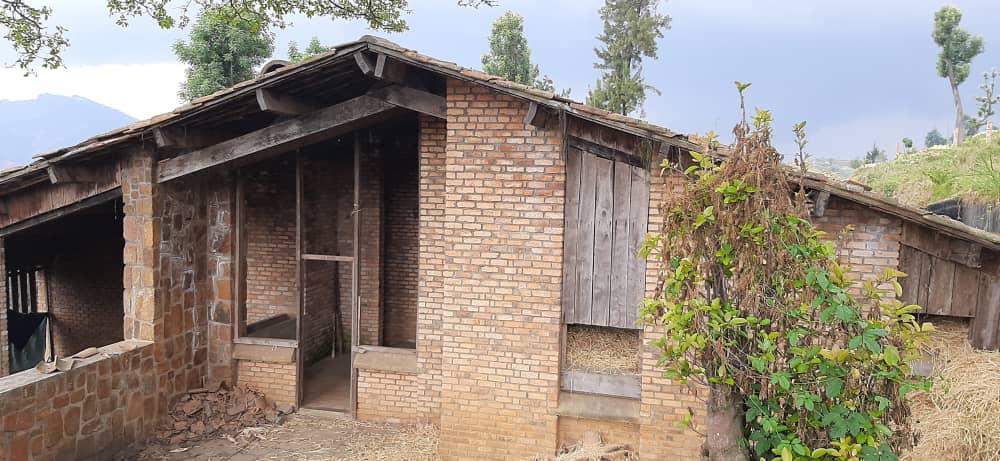
A house of a RAB station in Western Province
In March 2022 the Rwanda Agriculture Board(RAB) requested RHA to assess the state of its idle buildings.
In May of the same year, RHA joined RAB in a technical team for the assessment which indicated that 308 houses needed maintenance, while 52 others are in good state.
Another 68 houses were found in bad condition and thus, needed demolition because “their rehabilitation cost could either be expensive or not of a valid value.”
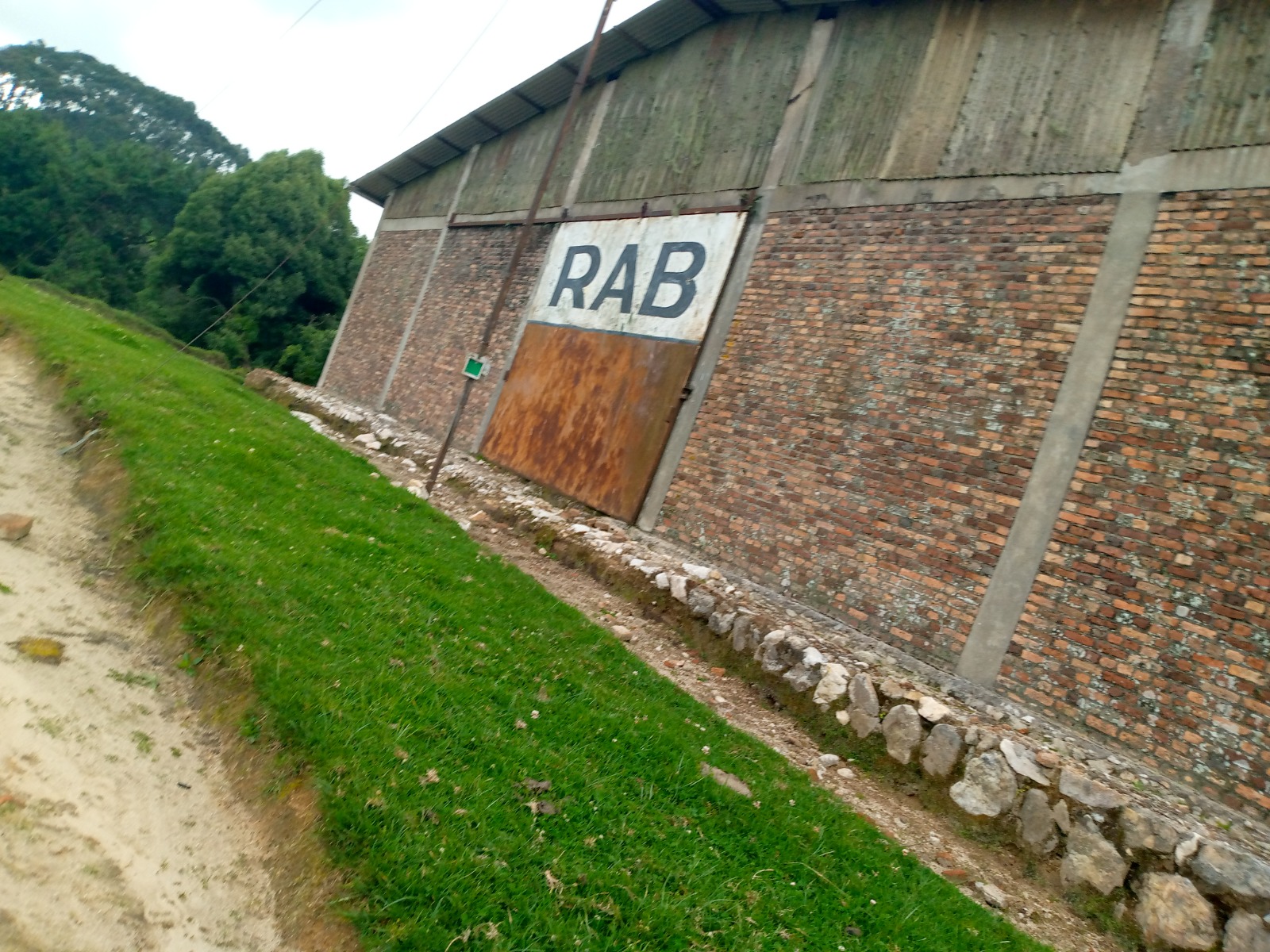
Rwanda Agriculture Board(RAB) Gishwati station
A valuation followed this exercise and it established that RAB will spend a total Rwf 7.3 billion in management of the idle assets.
Rwf 6 billion is meant for urgent maintenance, Rwf 1 billion for regular maintenance while Rwf 197.2 million will be spent on demolition of useless houses.
Who owns the idle buildings?
While all the public assets are managed by RHA, the buildings are registered to the user institutions.
Going by numbers, the Ministry of local government has the biggest number of idle assets with 395 buildings.
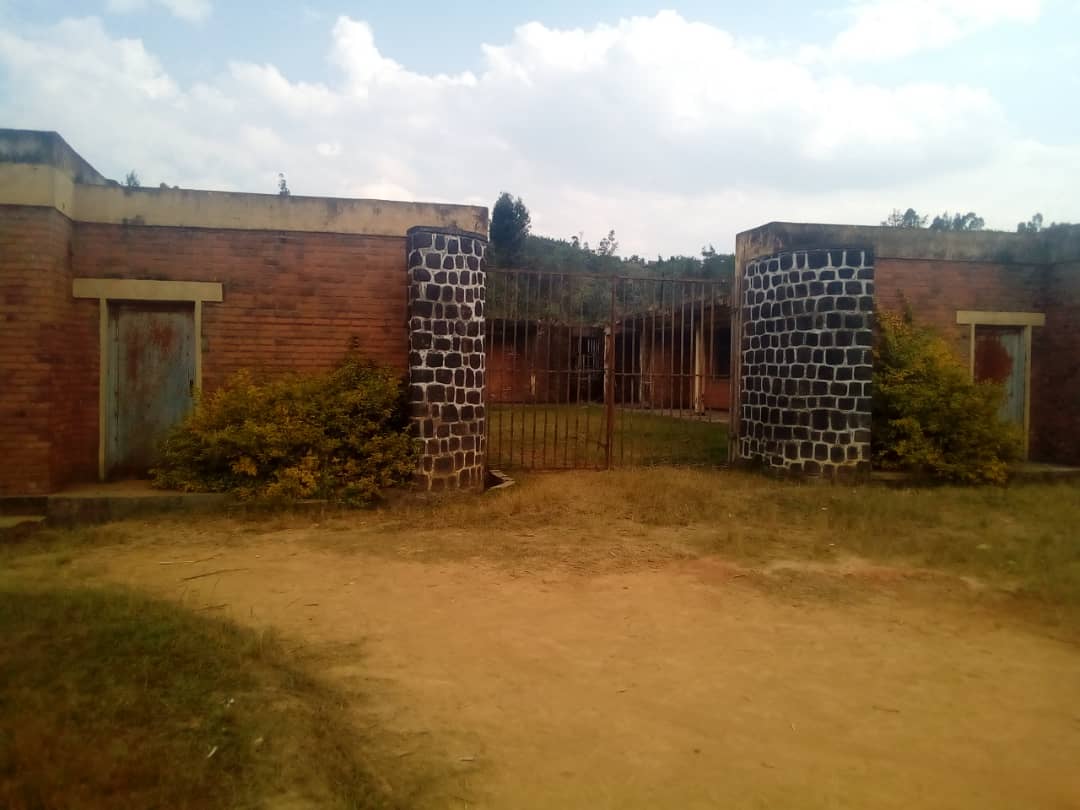
Bugarura district headquarters in current Gakenke district was abandoned at the ground floor
That could confirm the fact that administrative reforms in local government left behind many idle buildings. Their list could include Bugarura district headquarters, currently in Gakenke district that was under construction and abandoned while at ground floor. This district counts the biggest number of MINALOC idle buildings.
The MINALOC idle assets can also include office buildings in Buringa and Nyamabuye, current Muhanga in Southern province to mention quite a few of them.
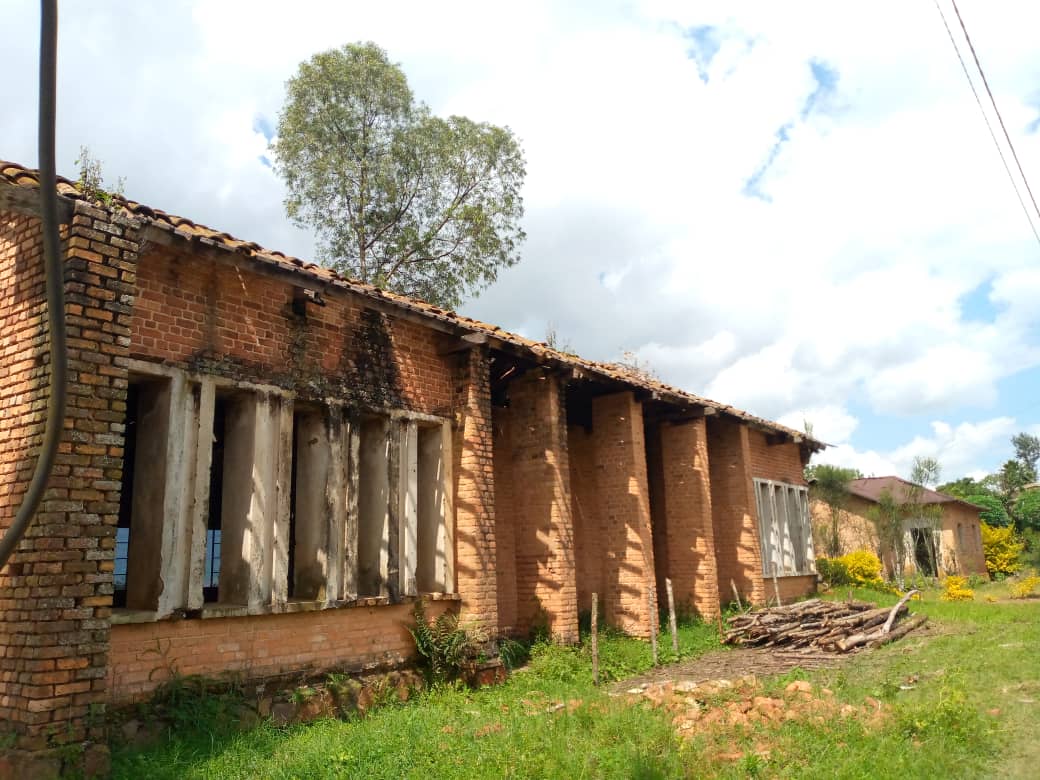
former primary court-Canton in Gakenke district
Agriculture and animal production(MINAGRI) which includes RAB is the user institution with the second biggest number of idle houses with more than 220 idle buildings though another report puts the list to around 400 buildings for RAB only.
A reporter from Musanze district captured buildings that were abandoned on the shore of Lake Burera where a fishing project that made headlines in the past-PEIGELAC was working from.
Others are from several RAB stations like Rufungo, Gishwati, Gakuta, among others.
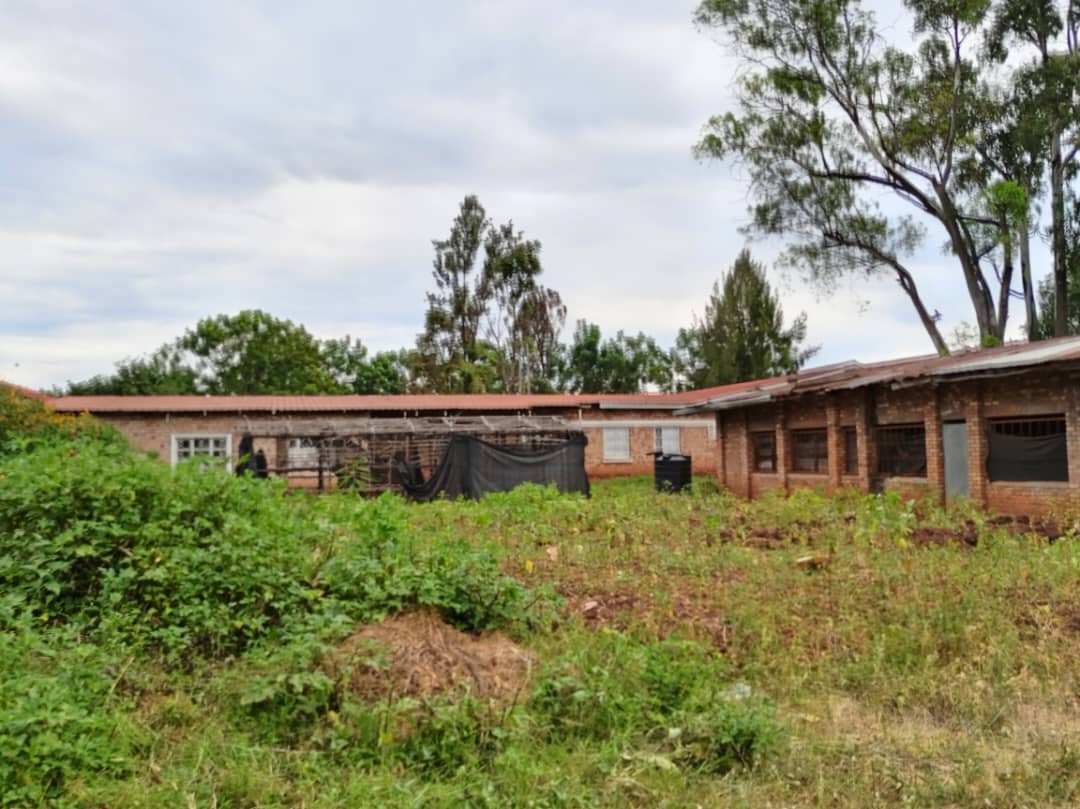
Former school of language at University of Rwanda-EPLM at Taba, huye district
Number three on this list with 140 houses is the Ministry of Education, including University of Rwanda with the Huye Campus-hostels for staff, offices, libraries entertainment facilities and even classrooms.
Nineteen institutions feature on this list including the lately created Ministry of Interior with 15 buildings and Ministry of National Unity and Civic Engagement with 5 houses.
Gakenke district has the most idle assets with 77 houses, followed by Gicumbi district and Huye district with 74 idle houses and 62 houses respectively.
Rwamagana with 8 assets and Kicukiro 5, have the least idle houses in Rwanda.
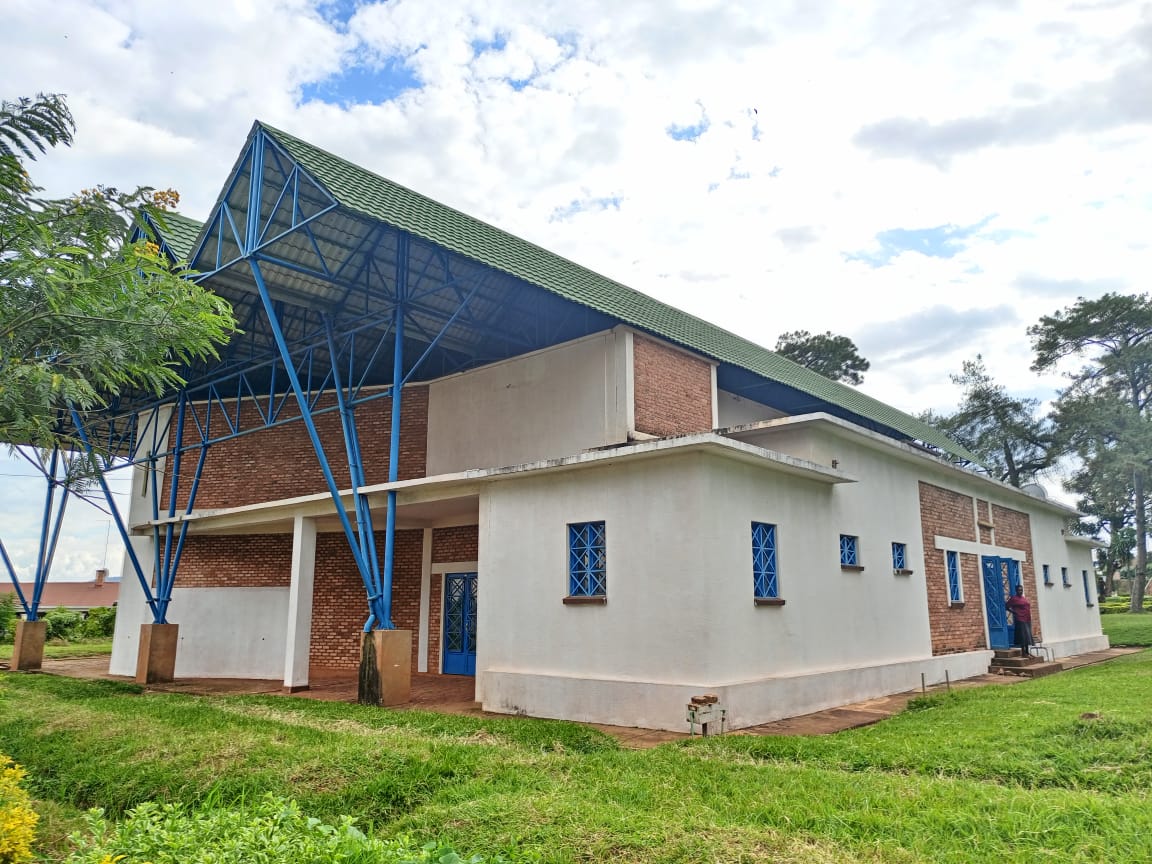
University of Rwanda entertainment facility in Huye district-Theatre de Verdure
A quick assessment that we conducted with our field reporters captured several houses including those that were, not only abandoned, but may also cause security threat.
Near every house on this list, one can easily show some gaps in public facilities which would be bridged by the houses that were vacated.
The government will no wonder spend a fortune on these buildings, given the sample of RAB.
Additional reporting by:
Anne Marie Niwemwiza
Ishimwe Rugira Gisele
Ephrem Murindabigwi
Joyeuse Marie Claire
Syldio Sebuharara

